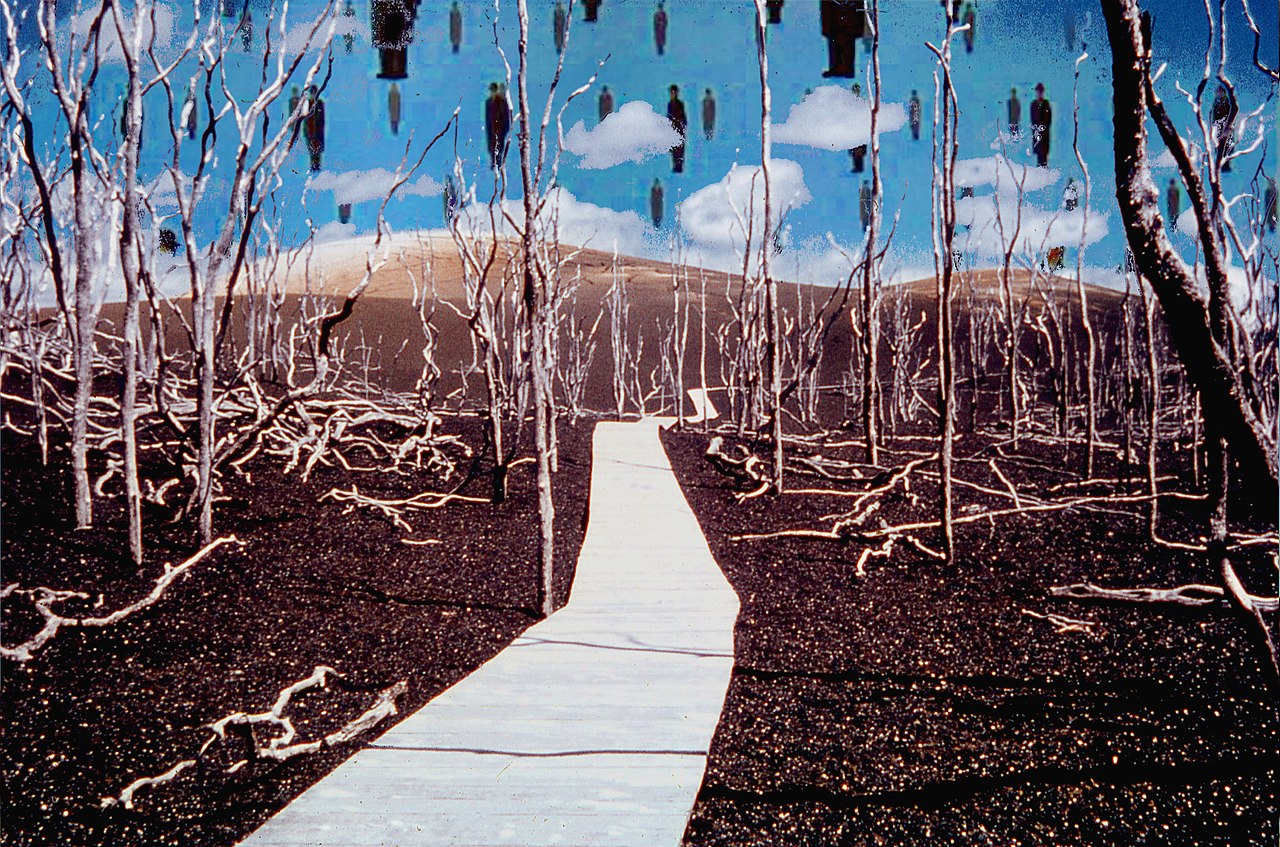In the years after the end of World War I, there were movements of both political and cultural revolt, launched by a new generation determined that there should be no repetition of the horrific slaughter. The Russian Revolution of 1917 led to the creation of an international communist movement, with mass communist parties formed in France, Germany, Italy, and elsewhere.
Growing out of the critique of traditional ideas of art by the Dadaists, the surrealist group, under the leadership of André Breton, drew in poets and painters who advocated an art that originated in the unconscious mind. Their use of unexpected juxtapositions challenged accepted conventional associations. Breton defined surrealism as “absolute nonconformism.”
The two movements, political and artistic, did not merely coincide in time — there was an overlap of personnel between them. Pierre Naville was an important figure in the interaction of surrealism and communism. He went on to be a well-known activist on the French left over the course of seven decades.
Born in 1904, Naville, a poet and painter, joined the Paris surrealist group in 1924. The surrealists sought to challenge all existing conventions; they concluded that they could not revolutionize art without also making a revolution in society.
As their declaration of January 1925 put it, “Surrealism is not a poetic form. It is a cry of the spirit . . . determined to smash its fetters. If necessary with material hammers.” But where were these “material hammers” to be found? The surrealists remained confined to…
Auteur: Ian Birchall

